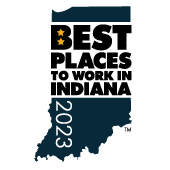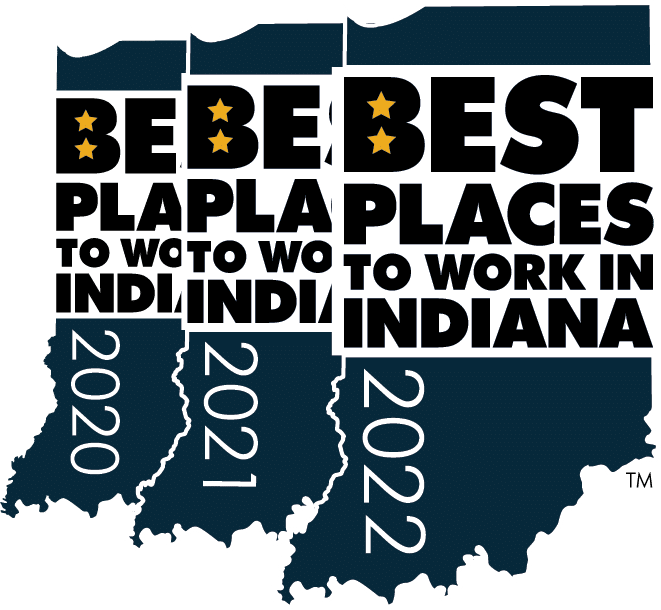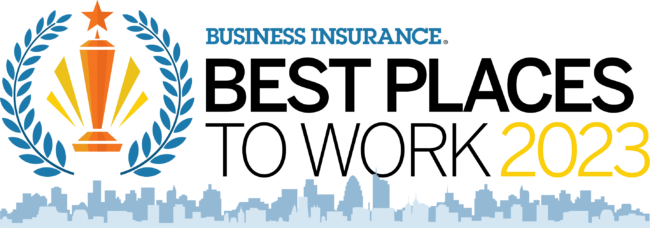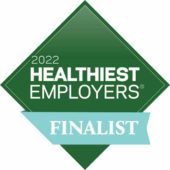4 Health Care Expenses Increasing Faster Than Drug Costs

Durable medical equipment, home health care, doctors and hospitals could do more to drive up U.S. health spending this year than prescription drug costs, according to a team of actuaries at the Centers for Medicare and Medicaid Services (CMS).
The CMS team is predicting that overall U.S. national health expenditures (NHE) will increase 4.8 percent this year, to $3.8 trillion.
That compares with a 4.4 percent NHE increase in 2018, and a 4 percent projected increase for overall U.S. “gross domestic product,” or national income, for 2019.
Federal regulators, health insurers and members of Congress have been blasting drug makers this year over increases in the cost of drugs such as insulin.
But the CMS actuarial team is predicting that spending on drugs will increase only about 4.6 percent this year, to $360 billion. If so, the rate of increase in drug spending would be a little below the 2019 increase in overall health spending.
Aging population
Above-average increases in a health spending category may not be the result of waste, fraud or abuse.
In some cases, the rapid growth of the segment of the U.S. population over age 65 may be increasing spending on care for age-related conditions, such as heart disease and cancer.
In other cases, spending on items such as drugs, durable medical equipment or home health care may be helping people to reduce use of more expensive, less popular services, such as nursing home care or inpatient hospital care.
Insurance
One set of CMS tables shows how Medicare and Medicaid are gaining on traditional private health insurance.
The CMS actuarial team expects Medicaid and Medicare to combine for $1.4 trillion in U.S. health spending this year. Private health insurance could account for about $1.3 trillion in health spending.
By 2027, Medicare and Medicaid could account for $2.4 trillion in combined spending. Private health insurers’ spending might rise to just $1.9 trillion.
But spending on the net cost of private health insurance — a figure that includes health insurers’ home office spending, profits paid out to shareholders, and commissions paid to agents and brokers — could grow to $417 billion in 2017, from $252 billion this year.
Actual results v. estimates
One obstacle to use of the CMS NHE projections is that the newest figures based on actual spending data are for 2017.
Both the 2018 spending figures and the 2019 spending figures are based on projections.
It’s possible that the lack of actual data could be leading to an especially inaccurate picture of spending on prescription drugs.
The projected CMS drug spending growth rate for 2018 is 3.3 percent. That’s more than seven times the 0.4 percent drug spending growth rate CMS recorded for 2017, based on actual spending data.
The 725 percent difference between the actual 2017 drug spending growth rate figure and the 2018 projected figure is bigger than the actual-to-projected gap for any other category of spending in the new batch of CMS health spending data.
1. Hospitals: $1.25 trillion (up 5.1 percent)
2. Doctors: $768 billion (up 5.4 percent)
3. Home health care: $109 billion (up 6.8 percent)
4. Durable medical equipment: $61 billion (up 6.1 percent)
----
Original article from Allison Bell.







